沒藥(英語:myrrh)又稱末藥,是沒藥樹(學名:Commiphora myrrha)或阿比西尼亞沒藥樹(學名:Commiphora habessinica)的樹脂,常見於古代阿拉伯及東非一帶。索馬里與索馬里蘭出產的沒藥主要來自前者,阿拉伯半島的也門出產的則以後者為主。經過炮製的沒藥稱為制沒藥,未經炮製的則稱為生沒藥。
沒藥樹的黃白色油狀汁液乾燥後會變成紅色的沒藥,是一種高級藥材,常被用作活血、化瘀、止痛、健胃。在東方,沒藥被廣泛使用,被認為對循環系統問題、神經系統紊亂及風濕性疾病有幫助。在聖經舊約中,沒藥被用於製作油膏,塗抹在傷口上,促進傷口癒合。在新約中,沒藥被東方三博士之一帶來作為基督的禮物之一,象徵生命的短暫,因為當時人們普遍將此物用於屍體的防腐。
沒藥也被用於製作芳香劑、防腐劑和止痛劑。在希伯來人的文化中,沒藥被製成各種香水和香精。沒藥樹是一種會滲出芬芳的樹脂的灌木或喬木,其樹脂可用以製成香水和香精。在古代埃及,人們燃燒沒藥以供奉神明,並用它來裹屍。猶太人也用沒藥來膏抹屍體,將其作為貴重的香料。
Myrrh, also known as “末藥” in Chinese, is a resin obtained from the myrrh tree (Commiphora myrrha) or the Abyssinian myrrh tree (Commiphora habessinica), which is commonly found in ancient Arabia and East Africa. Somalia and Somaliland are major producers of myrrh, mainly from the former, while Yemen on the Arabian Peninsula produces more of the latter. Processed myrrh is called “制沒藥” in Chinese, while raw myrrh is called “生沒藥”.
The yellow-white oily sap from the myrrh tree dries into red myrrh, which is a high-grade medicinal herb used for promoting blood circulation, reducing swelling, relieving pain, and aiding digestion. In the East, myrrh is widely used and believed to be helpful for circulatory problems, neurological disorders, and rheumatic diseases. In the Old Testament of the Bible, myrrh was used to make ointments and applied to wounds to promote healing. In the New Testament, one of the three wise men brought myrrh as a gift to Christ, symbolizing the brevity of life, as it was commonly used for embalming bodies at that time.
Myrrh is also used to make perfumes, preservatives, and painkillers. In Hebrew culture, myrrh is made into various perfumes and fragrances. The myrrh tree is a fragrant shrub or tree that exudes aromatic resin, which can be used to make perfumes and fragrances. In ancient Egypt, people burned myrrh to worship their gods and used it to embalm bodies. Jewish people also used myrrh to anoint bodies and regarded it as a precious spice. Myrrh has antibacterial and anti-inflammatory properties, which may be helpful for digestive problems, ulcers, asthma, and sore throats, but excessive use may have safety concerns. Myrrh also has a special aroma that can calm the mind and is used as an essential oil or aromatherapy to relieve tension, calm and relax the nerves. In Western medicine, myrrh is commonly used as a general pain reliever for minor injuries or as a skin disinfectant ointment for minor abrasions, and is used as a preservative in mouthwash and toothpaste.

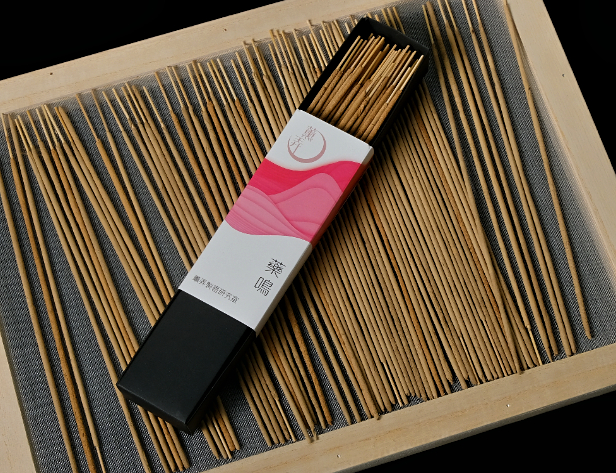
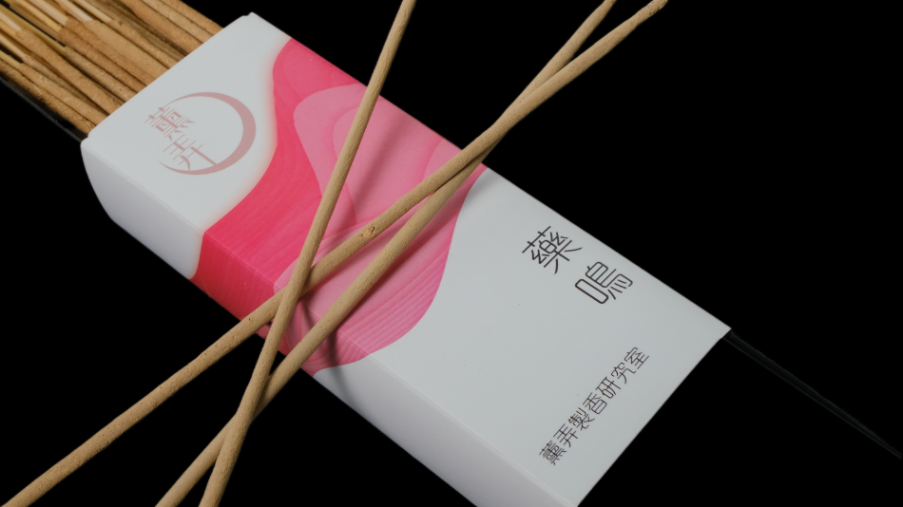
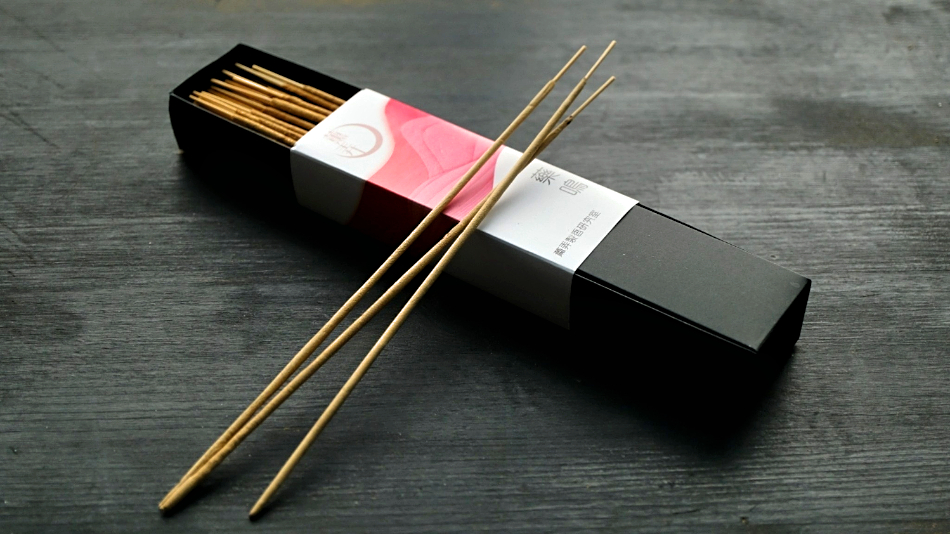
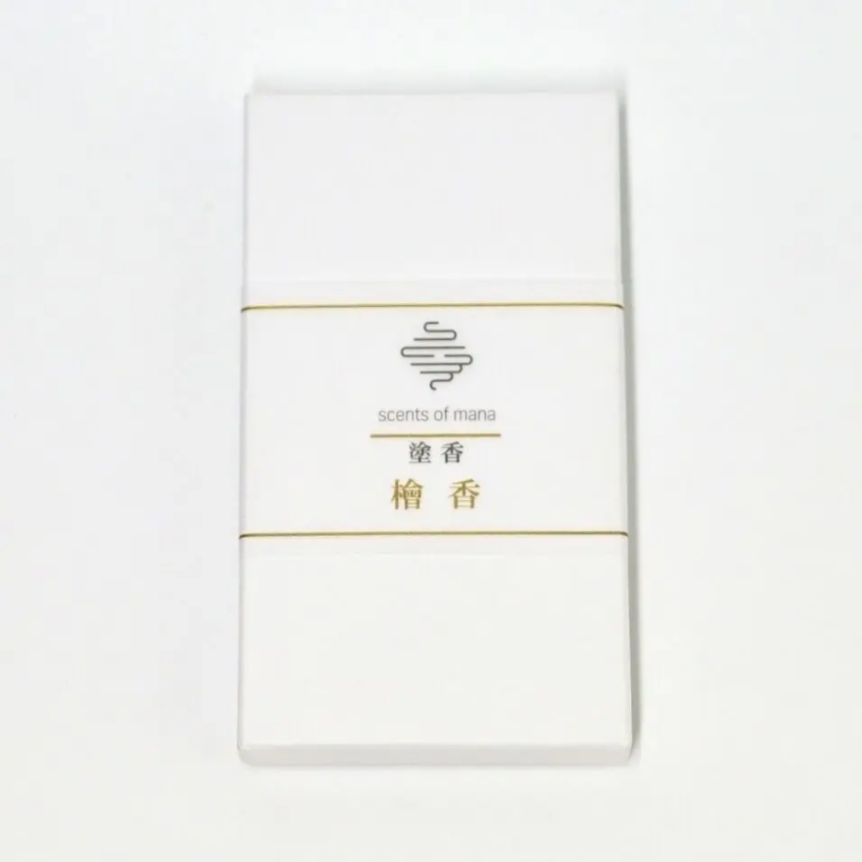
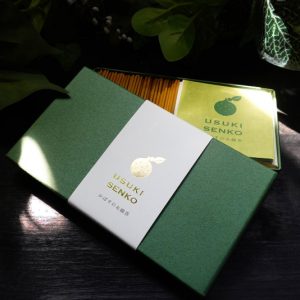
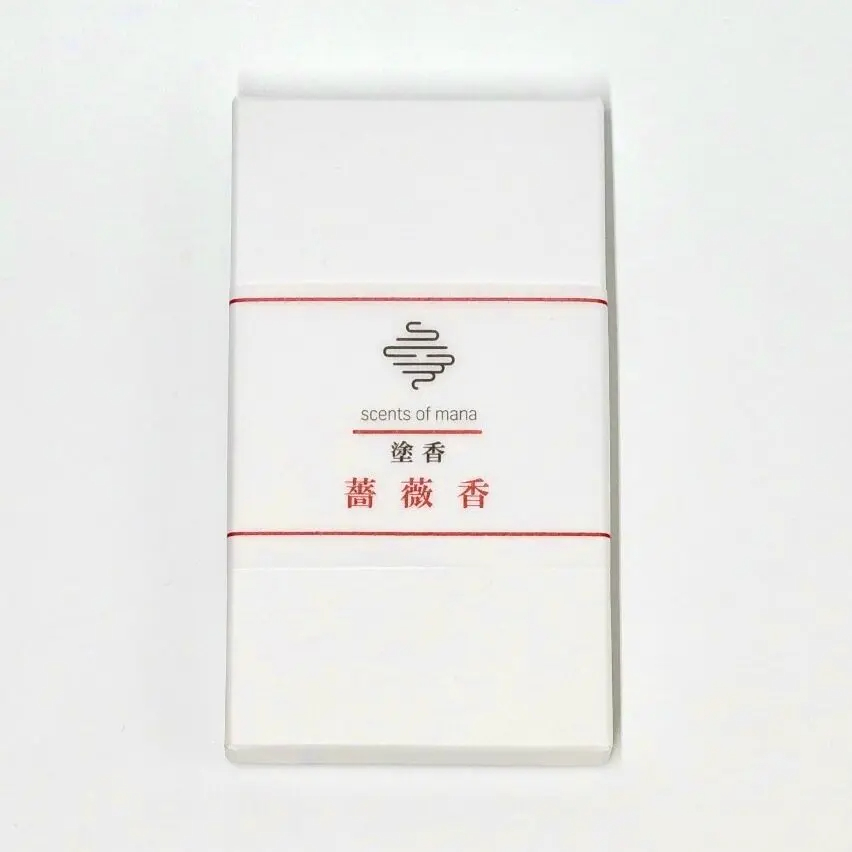
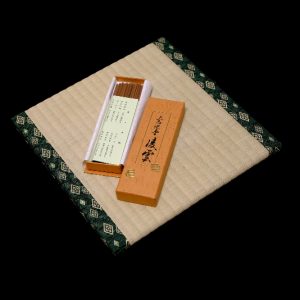
Reviews
There are no reviews yet.